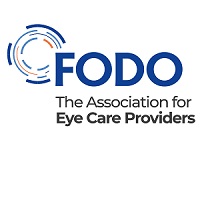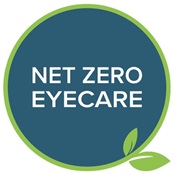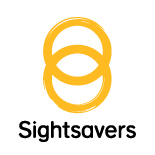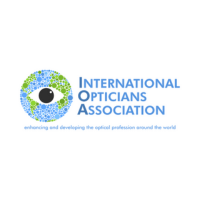LOCs/AOC and Commissioning
LOCSU Confirms Release of Two New Pathways
LOCSU Confirms Release of Two New Pathways
Following the initial announcement at their NOC last month LOCSU can now give full details of the Integrated Dry Eye Disease pathway and Naevus Referral Filtering and Monitoring pathway.
Integrated Dry Eye Disease (DED) Pathway
The new LOCSU Integrated Dry Eye Disease pathway has been developed at the request of LOCs, many of whom felt it was a much-needed pathway to address the needs of a group of patients all too often overlooked.
The end-to-end service pathway is designed to be integrated with the hospital eye service, to support the identification, early intervention, and long-term management of patients with Dry Eye Disease. The pathway aims to improve the efficiency and accuracy of case-finding for DED with management in primary eyecare wherever possible.
The pathway fits within the Optometry First framework, providing first contact care through to resolution, as well as continuity of care for those with a diagnosis requiring long term management and support, with an aim to support more people to self-manage their condition wherever practicable.
As is our usual process, LOCSU has worked collaboratively with several LOCs and their local stakeholder groups, most recently with the Northeast Dry Eye Guidelines Strategy Group lead by Consultant Ophthalmologist Prof. Figueiredo from Newcastle Eye Centre, who produce some excellent local resources. The LOCSU DED working group built on this work with the support of wider national stakeholders to develop a resource that all LOCs can use to inform local pathway improvement discussions with commissioners and Trusts.
Lesley Oglethorpe, Secretary Northumberland, Tyne, and Wear LOC said:
“Dry eye disease is often overlooked as an insignificant condition but more often than not it has a detrimental impact on people’s lives. Ensuring that people suffering with dry eye disease have access to intervention and ongoing management in a timely and convenient manner has a positive effect on the individual.
“It is also noted to have a beneficial impact at an economic level both in terms of cost of treatment and the individual’s productivity at work. It was important that this work recognised how the whole optometry workforce, including CLOs, can support patients with DED.”
Zoe Richmond, Clinical Director, LOCSU said:
“COVID-19, the move to prioritising people with urgent eyecare needs alongside greater time spent on screens and wearing masks all bought patients with dry eye disease into our daily focus. Too often the disease is dismissed as low priority, overlooking the impact on the patient’s quality of life if left unmanaged.
“This new pathway should help to ensure people with DED feel better supported. As with many conditions, early identification and timely support can help improve long term outcomes for patients”
LOCs can download the pathway diagram and information here:
Naevus Referral Filtering and Monitoring pathway
The Naevus pathway follows the usual pathway principles for referral filtering and monitoring in primary care; delivering an end-to-end service pathway, integrated with the hospital eye service, to support the early identification of choroidal melanoma and provide naevus monitoring, where required.
The pathway aims to improve the efficiency and accuracy of case-finding of choroidal melanoma, and so improve the speed at which people are diagnosed and treated within the hospital eye service. The pathway provides a convenient out of hospital / virtual alternative for patients for both initial assessment and monitoring.
The pathway is underpinned by the MOLES scoring system, developed by Prof. Bertil Damato, consultant ocular oncologist to help practitioners differentiate choroidal melanomas from naevi, estimate the risk of malignancy and to manage patients accordingly.
Zoe Richmond, Clinical Director, LOCSU said:
“In the development of this new pathway, as usual, I have enjoyed working closely with a number of passionate clinical leaders from LOCs. Meeting virtually outside of usual clinical hours, we were privileged to be joined by Professor Damato, from his home in Stockholm”.
Professor Damato served as Senior Clinical Research Fellow at Nuffield Laboratory of Ophthalmology, University of Oxford and Honorary Consultant Ocular Oncologist at Oxford Eye Hospital.
Zoe Richmond added:
“Professor Damato told me that Oxford is where he conceived and developed the MOLES system. Oxfordshire LOC should also be recognised for their great work in this area over recent years.”
LOCs can download the pathway diagram and information here:






















